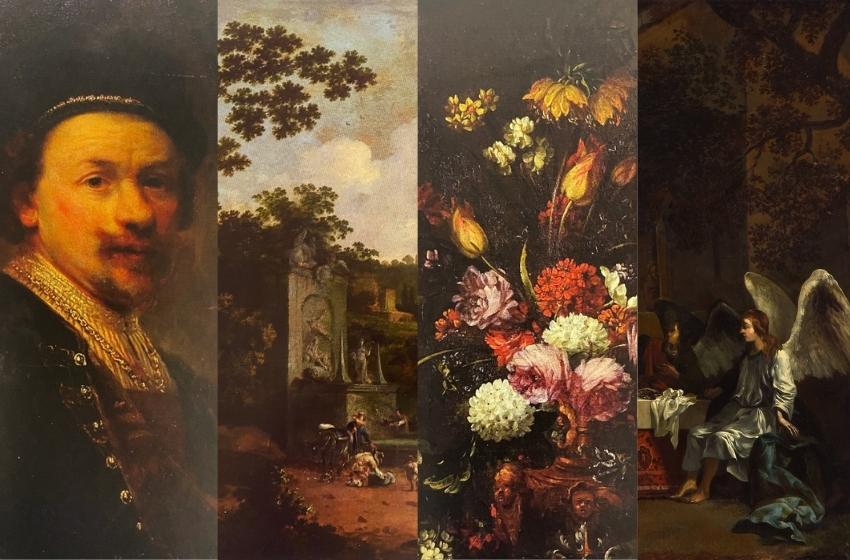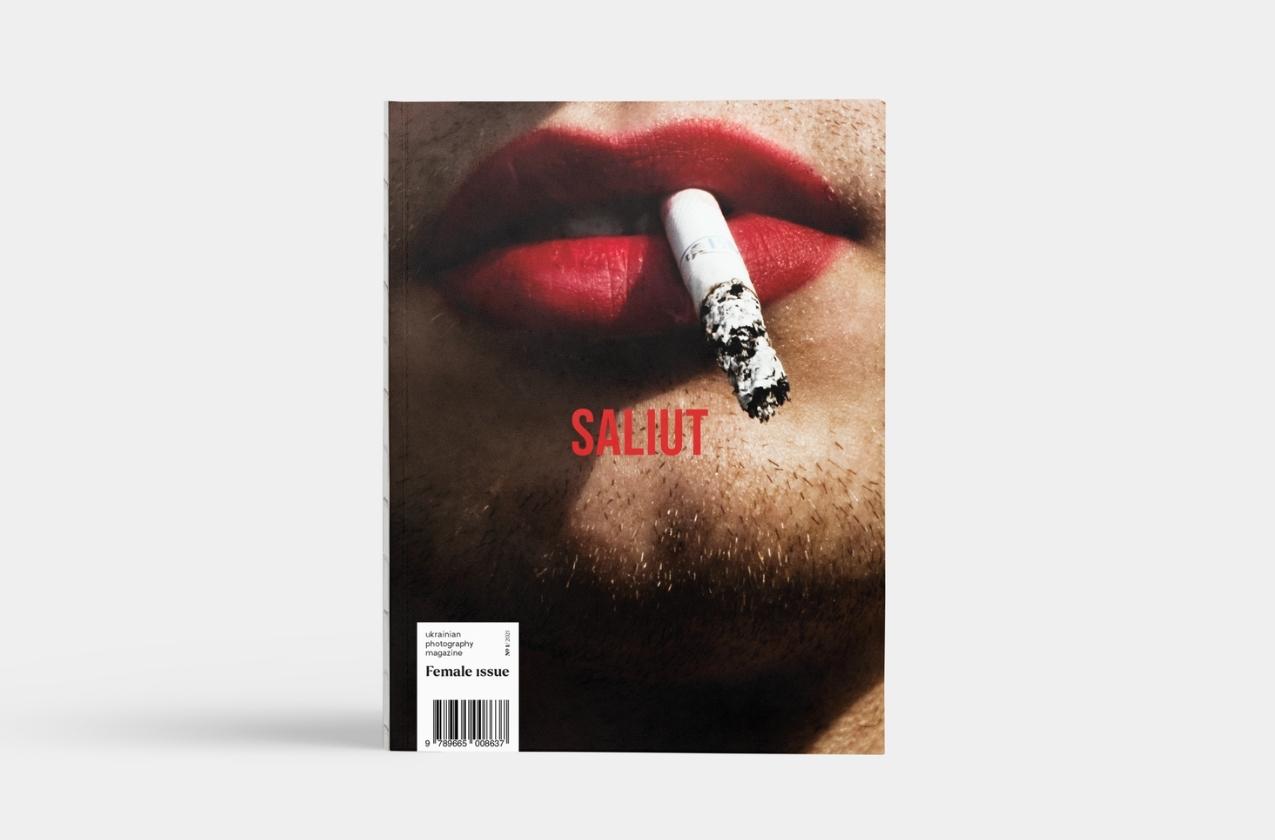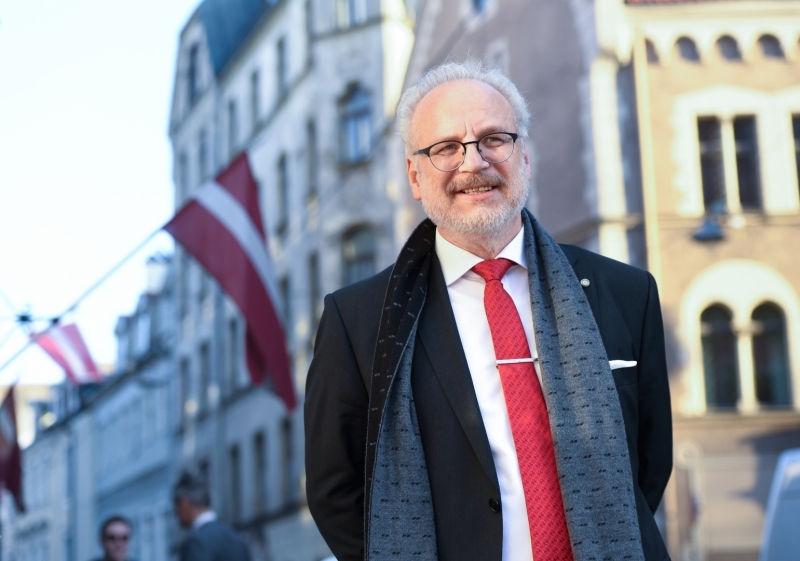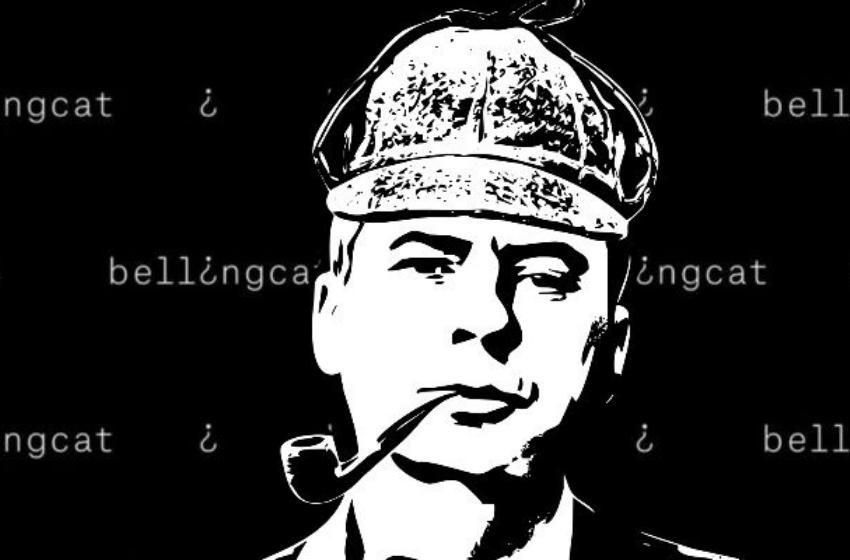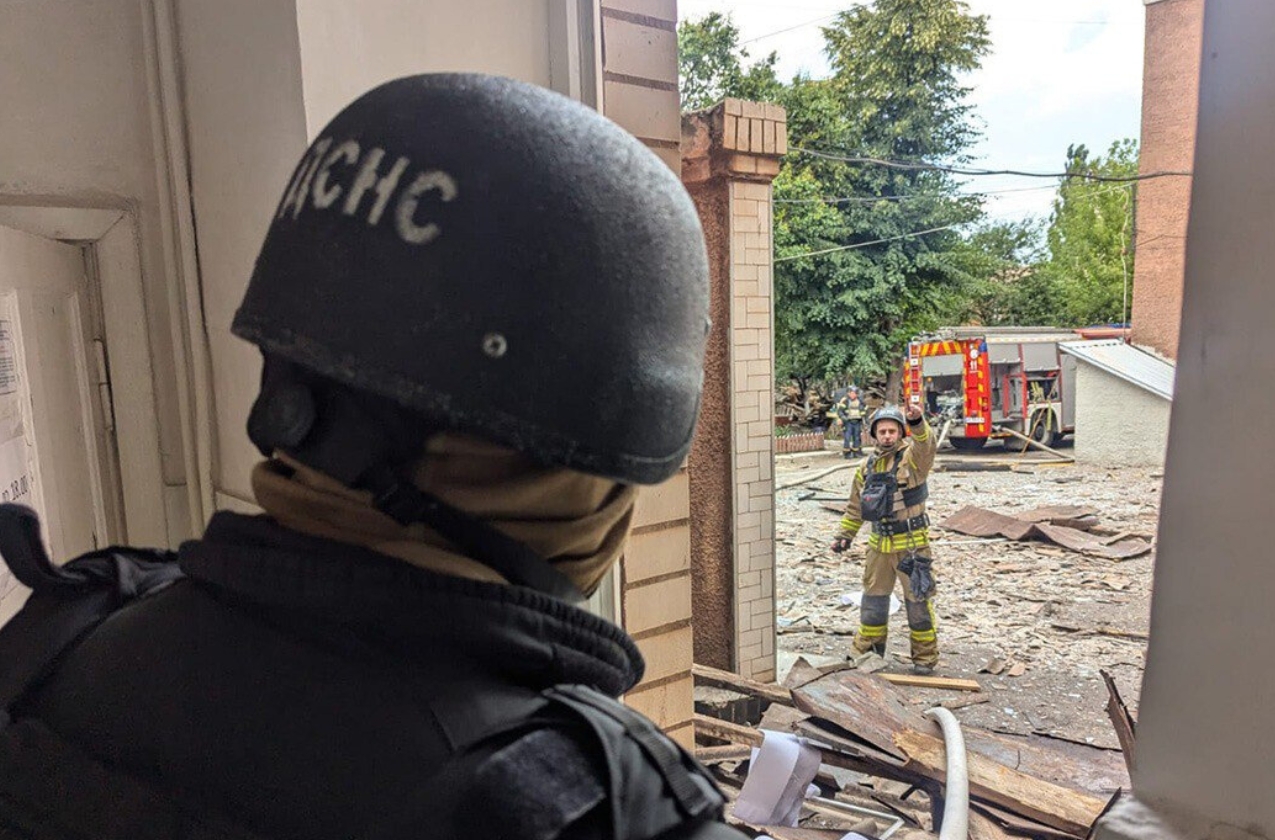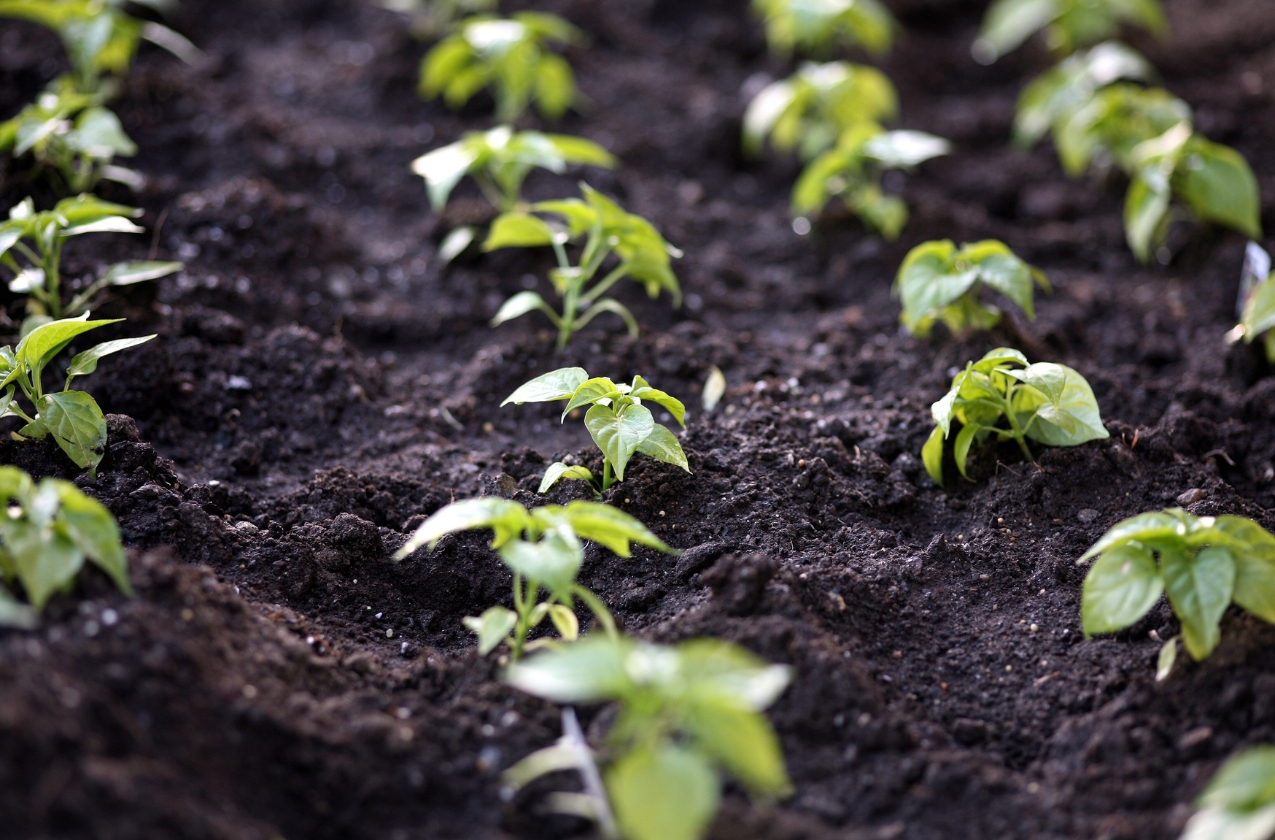The collection of the Odessa Museum of Eastern and Western Art contains valuable works of Dutch masters: paintings, engravings, original drawings and Delft faience. And of this number, only 4 paintings are on permanent display. In this article, we want to tell you about 4 paintings painted by unknown artists in the museum's depositories.
Dutch artist - 17th century
The Angels appearing to the shepherds

Oil on panel, 53,4x 40 cm
The painting is painted from an engraving by Jan Sanredam (1565 -1607), a famous Dutch engraver and publisher who created it from the lost original of Abraham Blumart (1564-1651). There are several picturesque reproductions of Jan Sanredam's engravings. It is of great value because it gives us an idea of ​​the lost painting of Abraham Blumart.
It is known that many of the artist's paintings on religious subjects were commissioned by the underground Catholic churches of Utrecht, and perhaps the "The Angels Appearing to the Shepherds" was one of them. The artistic style of the picture is defined by mannerist features: unnatural poses and gestures, fantastic, "unearthly" lighting, and general pathos of mood.
However, the turbulent dynamics that take over this work, the compositional impulse to the depths inherent in the Baroque style, which is not generally instilled in the Dutch soil. The combination of Mannerist and Baroque features determines the originality of the painting. She entered the museum in 1923 from the Museum Fund, which came from the collection of the Art School of the Odessa Society of Fine Arts.
Dutch artist - 17th century
Flowers

Oil on canvas, 89 x 69 cm
It was in Holland that still life first stood out as a separate genre of fine art, and floral still life became a unique cultural phenomenon. The museum painting is an example of the still life type "bloompot", which replaced the modest bouquets on still lifes of the early period with the advent of the Baroque era. "Bloompot" became widespread in all the leading art schools of Western Europe in the 17th century. In the museum painting, a baroque vase decorated with putti leaves and heads is crowded with flowers. At first glance, a luxurious bouquet seems written in nature, but a closer look it becomes clear that it is composed of plants that bloom at different times: daffodils, roses, tulips, bulldozers, forget-me-nots, carnations, a rare "imperial crown" that hangs in the center of the bouquet.
The impression of naturalness and truthfulness arises due to the fact that the image of flowers is based on separate full-scale sketches - artists made careful drawings in watercolour and gouache and painted flowers from different angles and in different lighting. These drawings were then repeated several times in the paintings.
Virtually every "character" of still life in the complex language of symbols represented a certain idea, in particular, the tulip could symbolise the sinfulness and perishability of human life. According to the Dutch, this delicate flower was not only a visible embodiment of beauty that withers quickly but its cultivation was perceived by many as one of the vainest and selfish professions because it brought great profits.
However, in the museum still life recedes into the background, and for the artist, the main task was to create a magnificent decorative effect. The painting came to the museum from the collection of artist Eugene Bukovetsky.
Dutch artist - 17th century
Copy from Rembrandt Harmenszoon Van Rijn’s “Self portraitâ€

Oil on panel, 63 x 47 cm
During his lifetime, Rembrandt created more than 100 self-portraits. The outstanding artist carefully watched how his appearance changed, how time and life's troubles left traces on his face. Self-portrait for him is first of all an expression of himself and his inner world. The museum painting was made in the 17th century, possibly by a student of Rembrandt.
The original was written, possibly in the mid-1640s, when the artist was about 40 years old. He still looks respectable: he still has expensive clothes, a gold chain around his neck, a velvet beret on his head, but the time of trials has already begun. Rembrandt buried his wife Saskia, financial problems had already arisen, and the future was uncertain and bleak. His lips are tightly compressed, his eyes are anxious, there is a deep wrinkle between his eyebrows. There is no doubt that the copyist carefully conveyed all the features of the original Rembrandt.
The painting came to the museum in 1949 from the Hermitage.
Dutch artist - 17th century
Landscape

Oil on panel, 89 x 111,2 cm
The author of the painting, unknown to us, was a representative of the so-called "Dutch Italianism", a significant phenomenon in the art of the 17th century. The Italian school taught Dutch artists to see nature broadly, to draw correctly, and to find soft colour combinations. After the modest landscapes of Holland, the luxury of southern nature fascinated artists and inspired them to create elegant, decorative paintings.
In this case, we are not dealing with a realistic landscape, but with a variation of the northern artist on the Italian theme. It combines forest and mountains, river and figures of people and animals in one picture, but the center of the composition is a fountain with a pool, which allegedly moved into this landscape from the square of Baroque Rome. Sculptures and reliefs of the fountain depicting mythological characters, some extravagant spiers look amazing in this desert city. Moreover, in the background, on a hillside, is another similar fountain. The landscape is well-composed, permeated with warm evening light, people with their animals are one with nature and the viewer develops a sense of idyll.
Well-known biographer of Dutch artists Arnold Haubraken in his monograph on Dutch masters of painting noted that "Italian landscapes were the most popular, which can not be said about the simple views of Dutch villages." Well-known representatives of this trend were Cornelius van Poelenburgh, Jan Weinans, Jan Bot, Nicholas Barham.
Based on materials from the catalog of the exhibition "Golden Age" Dutch Art of the 17th century
To be continued









